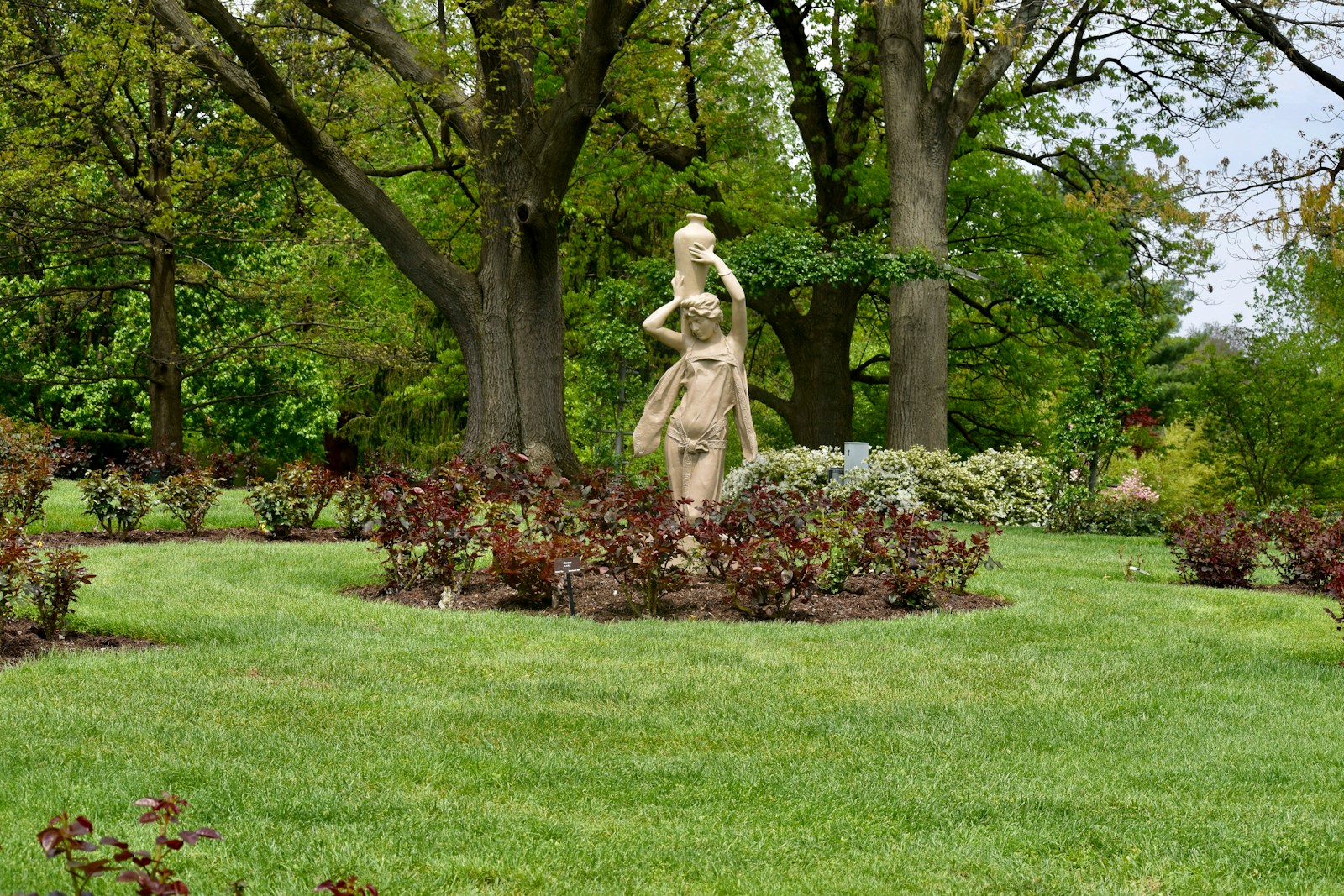Key takeaways
- President Trump aims to spend 40 million on a White House sculpture garden
- The garden will display 250 life sized statues of notable Americans
- Figures range from national heroes to divisive historical personalities
- Funding shifts from federal humanities and arts endowments
- The idea first appeared in a 2021 executive order
Trump Unveils Sculpture Garden Plan President Donald Trump has included a major art project in a new spending proposal. The plan calls for a grand sculpture garden on the White House grounds. It would feature life sized statues of 250 Americans. The cost estimate stands at 40 million dollars. Meanwhile the project has drawn both praise and criticism.
Origins of the Project Trump first announced the garden idea during his first term. He later issued an executive order in 2021 with a detailed list of names. The order named more than 200 people who could receive statues. It described these Americans as daring, adventurous, and confident. The order linked the garden to national pride and unity.
A Broad Mix of Heroes and Leaders According to the plan, many well known heroes will appear in the garden. For example, the list includes a key founding father and a civil rights icon. It also features a legendary boxing champion. These figures rank highly among those who shaped America’s story. They represent bravery, leadership, and social progress.
Controversial and Obscure Figures However some picks seem designed to provoke debate. The list includes well known slave owners from early American history. That group features a first president and two other political leaders from the founding era. These men owned enslaved people and played central roles in the young republic. As a result they spark heated discussions about morality and memory.
Beyond those figures the plan names a famous explorer from the Age of Discovery. Critics link him to violence against indigenous peoples. There is also a late Supreme Court justice famous for strong conservative rulings. A former senator known for his stance against civil rights laws also made the list. These selections stand next to other, less debated names.
Balancing Act with Other Honorees On the same roster appear thinkers, writers, and activists. A philosopher known for her work on totalitarianism makes the cut. A folk singer linked to protest music of the last century also appears. Finally a recent Supreme Court justice celebrated for her fight for gender equality is on the list. This mix creates a striking contrast.
Funding Comes from Arts and Humanities Budgets In order to pay for the statues, the plan would redirect funds. Money moves away from the national endowments that support arts and humanities projects. Those programs currently give grants to museums, theaters, and arts groups. Critics worry about the impact this shift will have on creative and educational work.
Impact on Arts and Humanities Groups Grant recipients might see reduced support if the sculpture garden funds arrive. Smaller museums and local theaters could lose crucial grants. University humanities departments may find less money for research. Meanwhile the garden would soak up tens of millions of dollars. Thus some cultural groups fear they will bear the cost.
Political and Cultural Stakes The sculpture garden reflects wider debates over how America remembers its past. On one side supporters call the project a bold tribute to national greatness. On the other side opponents see it as an attempt to rewrite history. They argue it glorifies controversial figures at the expense of others. Therefore this plan has become a flashpoint in the culture wars.
Voices for Preservation and Reinterpretation Historians and educators continue to debate the right approach to national monuments. Some call for more context when honoring complex figures. For instance they prefer plaques or exhibits that show both achievements and faults. Others believe public art should only celebrate widely admired Americans. They worry that controversial statues could divide rather than unite.
Next Steps for the Proposal For now the sculpture garden remains an idea inside a large spending package. Congress must review and approve the proposal before any money moves. Lawmakers may hold hearings on the cost and the list of honorees. They could demand changes or push to remove specific names. During this process each chamber of Congress will vote on the plan.
Possible Timeline for Construction If lawmakers greenlight the project it could begin within months. First crews would prepare the grounds near the White House. Sculptors across the country would then start work on the life sized figures. The garden might open in stages with sections dedicated to different themes. Yet any delay in funding approvals could push the start date further out.
Public Reaction and Media Coverage News outlets and social media have already weighed in on the plan. Supporters praise it as a chance to celebrate the full sweep of American history. They see it as a way to inspire citizens with stories of courage and innovation. Critics attack the idea as tone deaf and historically narrow. They say the mix of honorees sends a confusing message.
Looking Ahead to the Garden’s Legacy Long after construction ends, the garden will shape how visitors view history. Daily White House visitors will walk among statues of both beloved and divisive figures. School children on tours will encounter a mix of heroes and villains. Moreover the presence of these sculptures on national grounds may spark ongoing debates. In time, new voices could push for additions or removals.
Conclusion President Trumps sculpture garden plan aims to spotlight the spirit of daring and adventure. It proposes spending 40 million dollars on life sized statues of 250 Americans. The list includes well known heroes alongside slave owners and other controversial figures. Funding shifts from the arts and humanities endowments add to the debate. Now the plan waits for congressional approval and public feedback. Its fate will shape how Americans remember and reflect on their past. The sculpture garden remains a bold, and contested, vision for national memory.

